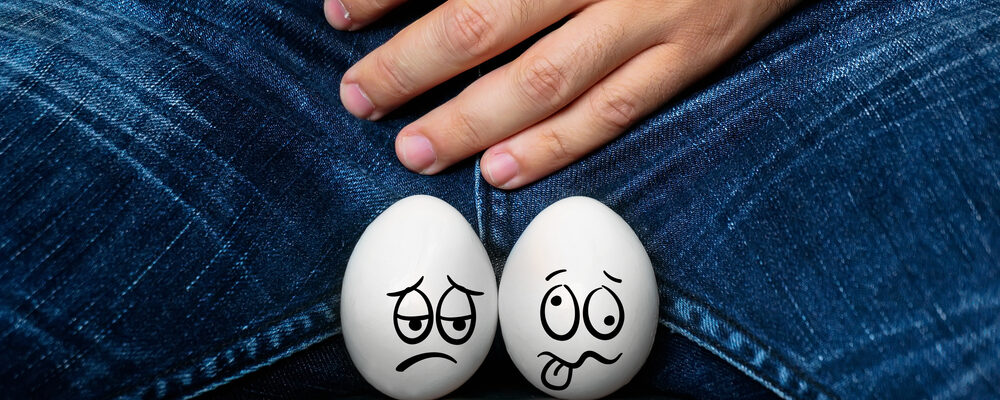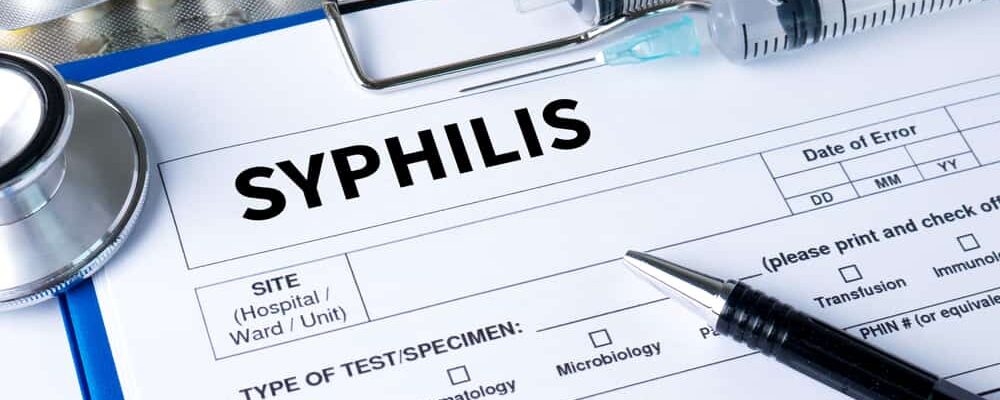“Can same-sex relationships get HIV” is one of the top concerns of people in the LGBT community. Understanding the risk of infection and how to prevent it helps you minimize the risk of infection and better protect your health.
The HIV virus can be transmitted through blood, sexual contact, and from mother to child during pregnancy, childbirth or breastfeeding.
Explore more: What is the probability of getting HIV after having sex?
Can same-sex relationships get HIV?
People who have sex with men are at increased risk of HIV infection, especially among men who have sex with men (MSM). MSM refers primarily to gay men, but also includes all other cases of male-to-male sex in a bisexual, heterosexual or other gender.
Follow US Centers for Disease Control and Prevention (CDC), by 2020, people with MSM account for 68% of all new HIV diagnoses in the United States and dependent regions.
In Vietnam, the proportion of people living with HIV in the MSM group has increased rapidly in recent years, from 65.1% in 2019 to 82.2% in 2022. Among the patients being treated for HIV infection at the Center Tropical diseases, Bach Mai Hospital, nearly 50% belong to the group of men who have sex with men.
The risk of HIV transmission among men who have sex with women (WSW) is lower than that of men who have sex with men, but the potential for transmission is still high due to misconceptions about the risk of infection, delays in detection and treatment.
Why are homosexuals susceptible to HIV?
The rate of people who have sex with men with HIV infection is higher than that of other groups due to many different reasons.
Unprotected sex
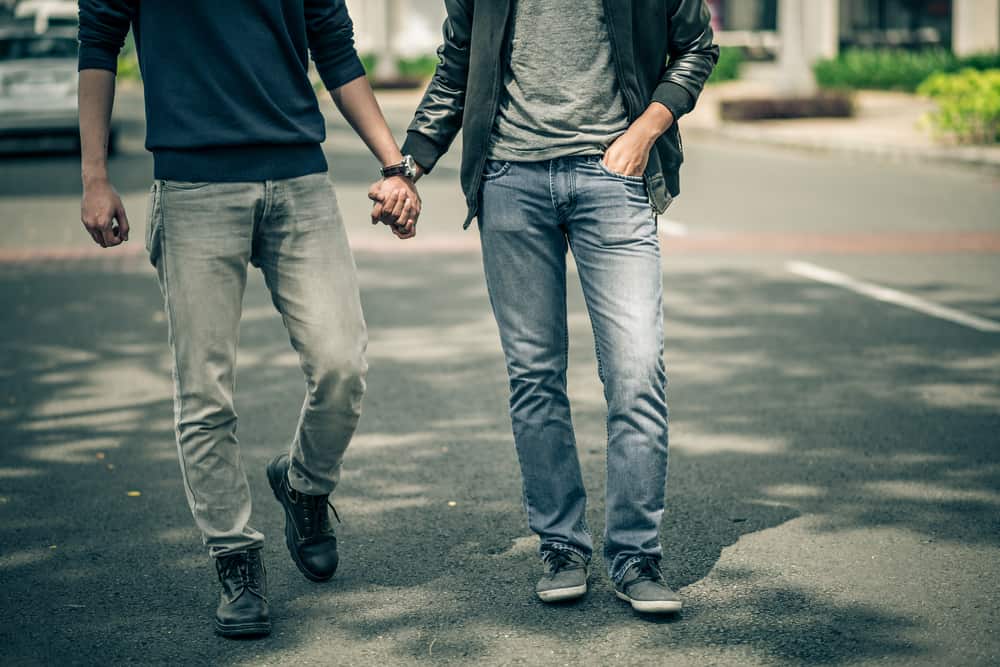
For MSMs, Unprotected anal sex is a major risk factor for spreading the virus, although not all of them engage in this form of sex.
In fact, anal sex is more likely to transmit HIV than vaginal sex. This is because the tissue layer of the anus-rectal area is thinner than the vagina, so it is more susceptible to damage and the formation of small tears, allowing the virus to enter. Furthermore, rectal tissues also contain many immune cells called T-CD4. These are the cells that HIV targets to infect.
In addition, rubbing the penis – penis can also cause disease to be transmitted because the HIV virus is abundant in semen and can penetrate through very small scratches.
For women who have sex with men, the HIV virus can be transmitted through oral-genital-anal sex, vulva-vulva rubbing, or using sex toys. In particular, having sex with women on menstrual days increases the risk of infection.
People who have sex with both men and women have a higher risk of contracting HIV.
Discrimination
Stigma may also play a role in HIV transmission. Gay people are often the object of teasing and stigma in society. In addition, some people mistakenly believe that same-sex relationships are likely to cause HIV transmission, so they often think they are “sick”, “promiscuous”. This makes it difficult to access information on prevention, testing and treatment of these subjects.
A positive test result could also force homosexuals to come out about how they were infected. This is something they may not want or are not ready for.
If they are tested and have HIV, isolation and lack of support can lead to depression, alcohol/drug abuse, sexual risk taking, as well as inconsistent treatment and care. shop.
Economic and social risk factors
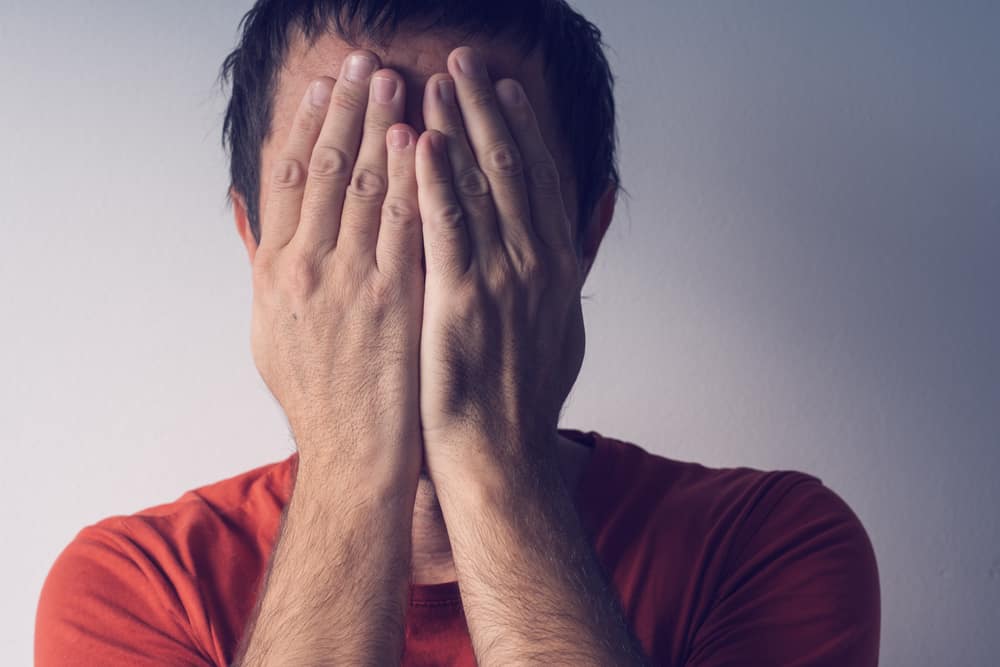
In some regions and countries, social and economic factors have a significant influence on HIV infection rates. People who suffer from racial discrimination, unemployment, poverty, lack of government support, and poor access to health care have higher rates of HIV infection than others.
In America,According to CDC data, the group of people most affected by HIV are African Americans. By 2020, this group of people will account for 42% of all new HIV diagnoses. In second place are Latinos with 27% of new HIV diagnoses.
Measures to prevent HIV infection
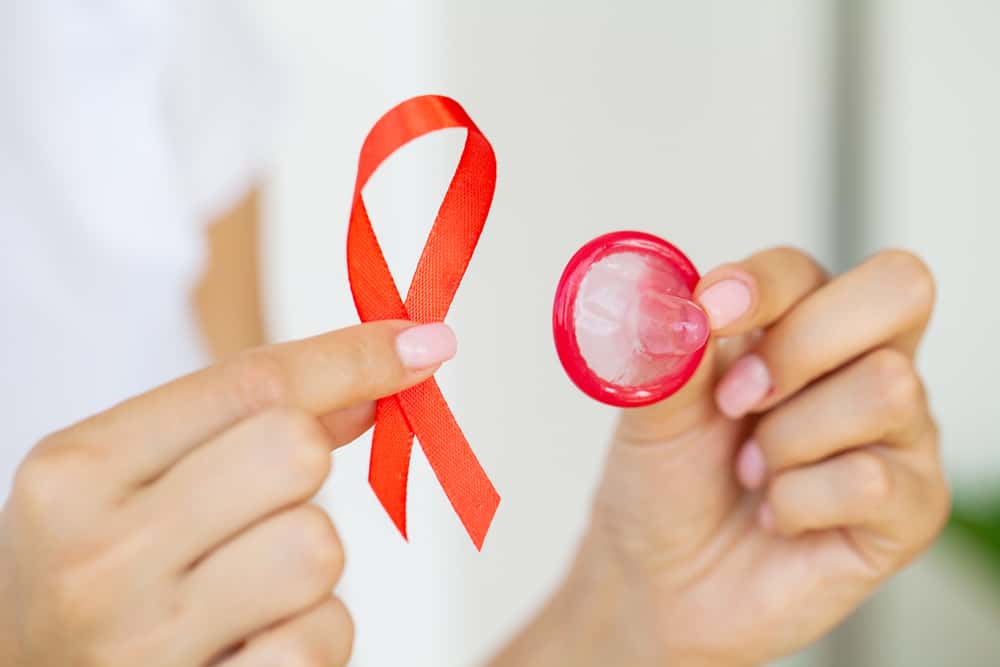
Here are some effective ways to help you prevent HIV infection:
- Use protection during sex: Use a condom/diaphragm every time you have oral, vaginal, or anal sex.
- Limit the number of sexual partners
- Routine HIV testing: If you are MSM, consider getting tested for HIV at least once a year. People who have sex with multiple sex partners or partners with unknown HIV status should consider getting tested more often, such as every 3 to 6 months.
- Consider PrEP or PEP: If you don’t have HIV, ask your doctor if you should take PrEP (pre-exposure prophylaxis) to reduce your chances of getting the virus. If you have unprotected sex with someone who has HIV or who may have HIV, ask your doctor about using PEP (post-exposure prophylaxis).
Hope the above information has helped you answer the same-sex relationship with HIV infection, as well as methods to prevent risks. Whether you are gay, lesbian, bisexual, transgender or heterosexual, you can get HIV if you have unprotected sex. Therefore, always use infection control measures and get tested for HIV when infection is suspected.


